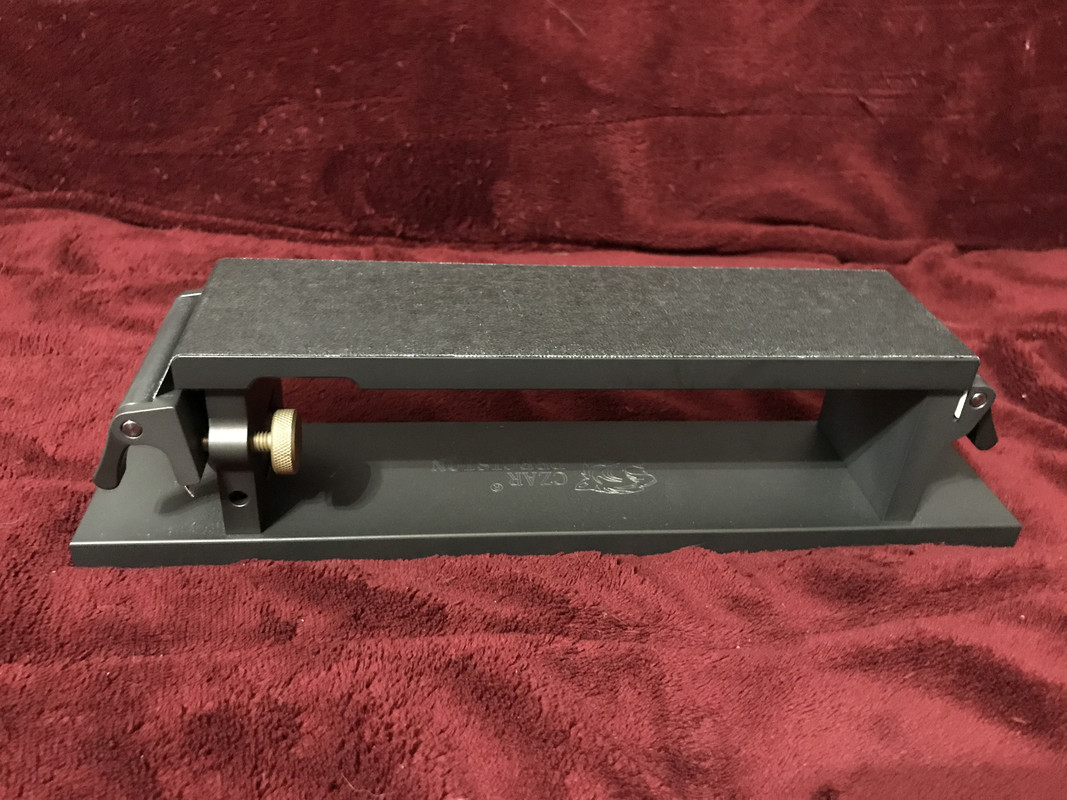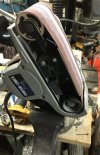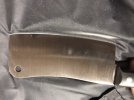I've done this to a good many knives and so far never found any production models that were perfectly flat... flat stones/plates don't lie.
I start out with sandpaper on a known flat surface, or diamond plate just to see what I'm dealing with. If it's close to being flat (rare), and not a great deal of metal needs to be removed, I'll use ~180 grit till I'm close to the thinness I want, then refine from there.
If it's not close to flat (most), or a lot of metal needs to be removed, even if it is flat, I'll take it to a 100 grit sic stone to get it close, then ~180 on known flat or diamond plate, and so on.
Speaking of flat surfaces for sandpaper, I recently acquired this, and really like it.
Depending on blade steel and how much needs to be removed, it can take a lot of sandpaper. This is why I value a coarse sic stone so much.
The coarse sand paper I wear out can be used in the finishing stages.
Abrasives I've used are most all grades, grits, and type of sandpaper, silicon carbide stones, aluminum oxide stones, & diamond plates. All paper used dry.
Nothing powered for me, I'm in no hurry, and take my time.
I'm always surprised how many premium blades are so far from flat.



